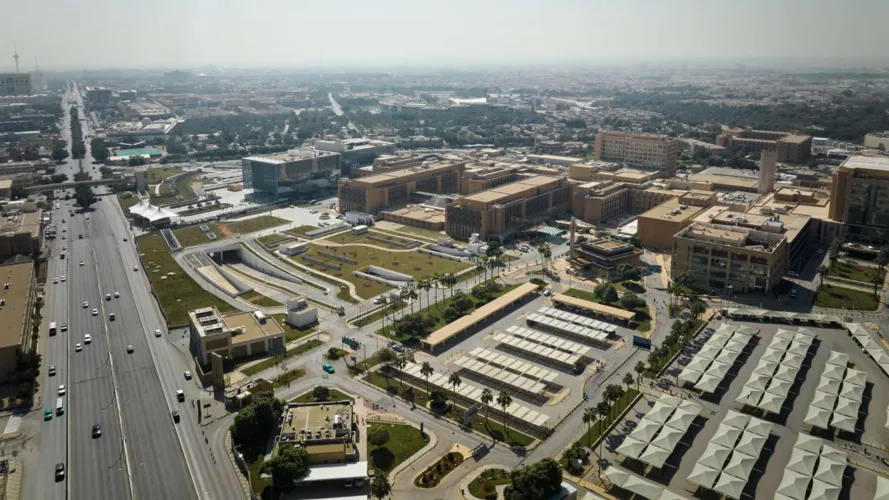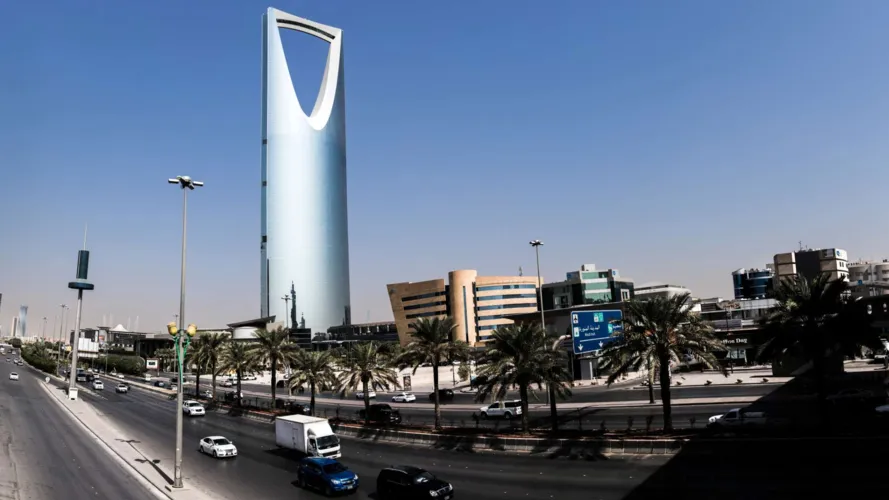224 Deals Worth $7.6B in H1 2024: A Record-Breaking Surge
Saudi Arabia’s industrial sector is consolidating at unprecedented speed, reflecting a new growth strategy. In the first half of 2024 alone, the Kingdom recorded 224 mergers and acquisitions (M&A) deals valued at $7.6 billion, marking a significant uptick in deal volume and strategic consolidation. This surge reflects a broader national push under Vision 2030 to diversify the economy, localize production, and build globally competitive industrial champions.
Vision 2030 and PIF: Catalysts Behind the Saudi Corporate Restructuring M&A Boom
The Saudi Corporate Restructuring M&A trend is deeply intertwined with Vision 2030 and the National Industrial Strategy. The Public Investment Fund (PIF), Saudi Arabia’s sovereign wealth engine, has been instrumental in driving consolidation across sectors such as petrochemicals, mining, and logistics. By acquiring and merging strategic assets, the PIF aims to streamline operations, reduce redundancies, and create vertically integrated industrial ecosystems.
For example, the PIF-backed Saudi Arabian Mining Company (Ma’aden) has expanded aggressively through acquisitions in phosphate and aluminum, aligning with the Kingdom’s ambition to become a global mining hub.
Industrial Giants Lead the Charge: Mining, Energy, and Infrastructure in Focus
According to Greenberg Traurig’s 2024 M&A outlook, five sectors are leading the M&A wave: mining, energy, technology, gaming/esports, and infrastructure. Among industrial giants, companies like SABIC, Aramco, and ACWA Power are actively restructuring portfolios to focus on high-growth, low-carbon assets.
SABIC, for instance, has divested non-core assets while exploring joint ventures in specialty chemicals. Aramco, meanwhile, has pursued downstream acquisitions to secure global refining and petrochemical capacity, reinforcing its integrated energy strategy.
Regulatory Greenlight: 2024 Sees Streamlined Approvals for Economic Concentration
The General Authority for Competition (GAC) has played a pivotal role in facilitating the Saudi Corporate Restructuring M&A momentum. In 2024, the GAC approved a record number of economic concentration requests, signaling a more agile regulatory environment. This has encouraged both domestic and foreign investors to pursue strategic tie-ups without fear of prolonged antitrust reviews.
The streamlined process is particularly beneficial for industrial conglomerates seeking to consolidate fragmented supply chains or acquire tech capabilities to modernize operations.
From Fragmentation to Scale: Why Consolidation Is the New Growth Strategy
Historically, many Saudi industrial sectors were fragmented, with overlapping operations and underutilized assets. The current wave of Saudi Corporate Restructuring M&A is addressing this inefficiency head-on. By merging complementary businesses, companies are achieving economies of scale, improving capital efficiency, and enhancing global competitiveness.
This is especially evident in logistics and construction, where large players are absorbing smaller firms to build integrated service platforms capable of supporting giga-projects like NEOM and The Line.
Outlook: Industrial M&A to Accelerate Through 2025
Looking ahead, the momentum is expected to continue. Analysts forecast that deal volume and value will rise further in 2025, driven by privatization of state-owned assets, increased foreign direct investment, and the need for technological modernization.
As Saudi Arabia positions itself as a regional industrial powerhouse, Saudi Corporate Restructuring M&A will remain a central lever. Reshaping not just balance sheets, but the very architecture of the Kingdom’s industrial future.
Also Read: Deal Velocity: Saudi Outbound M&A Hits $7.7B in H1 2025








